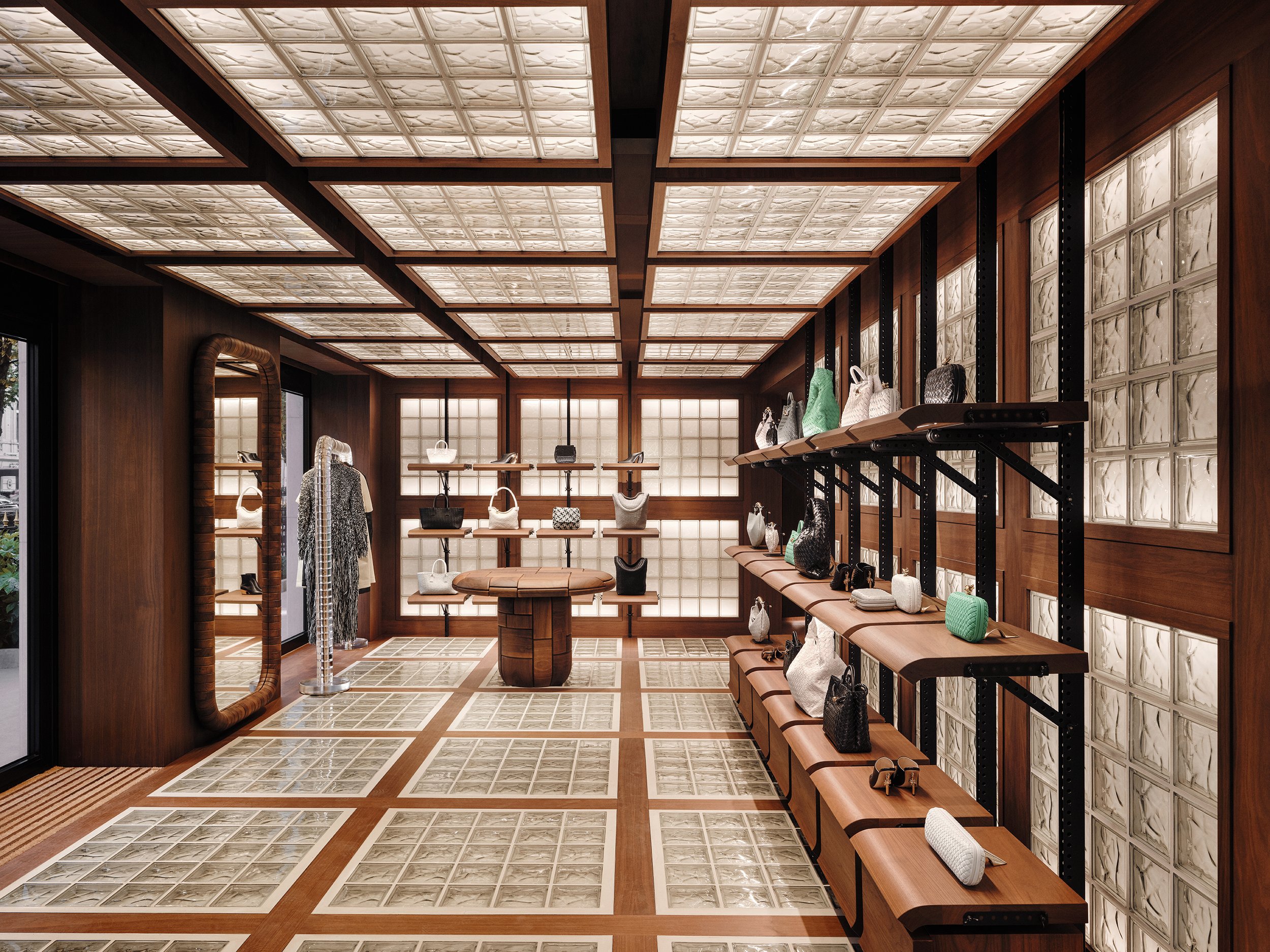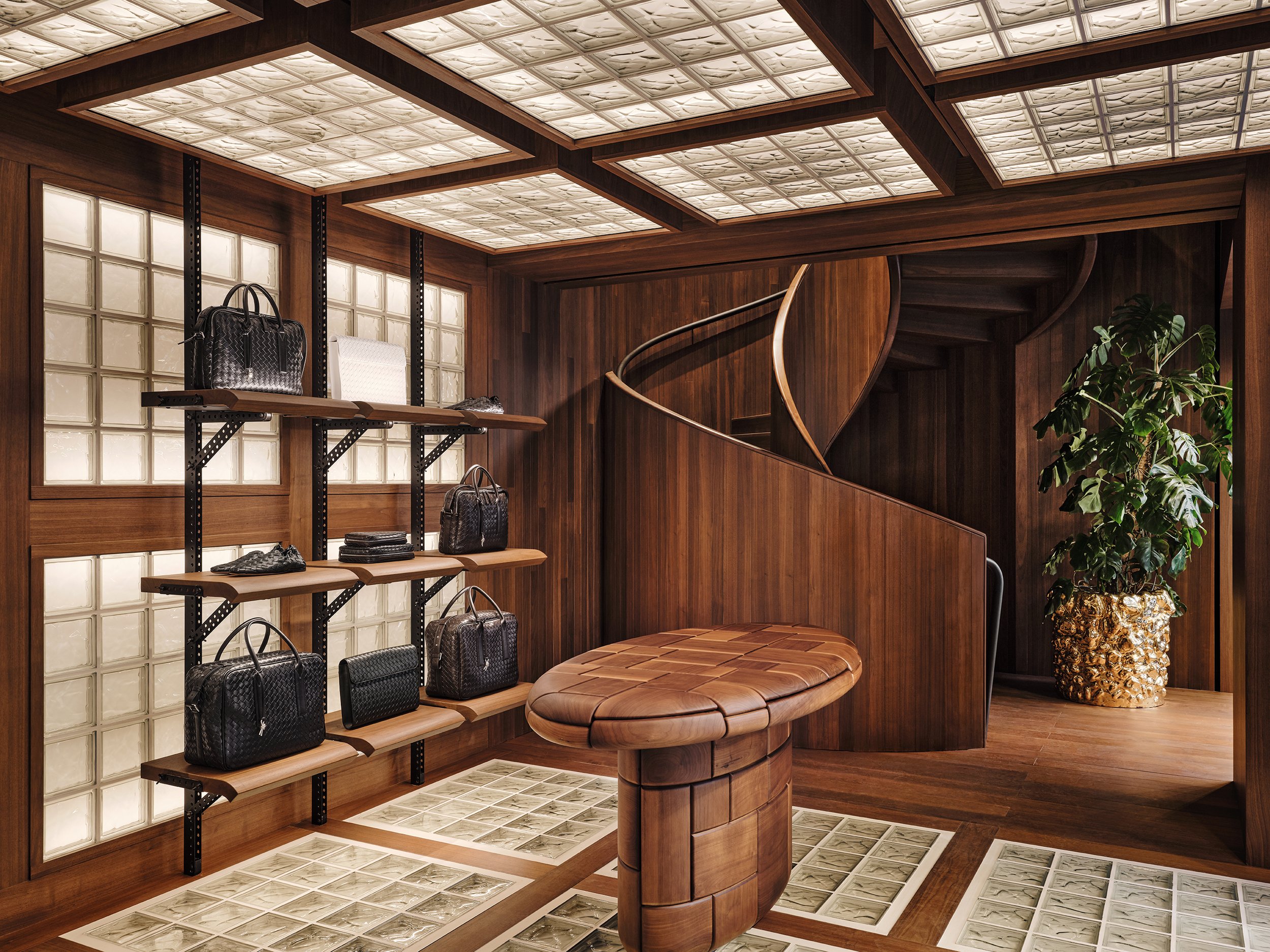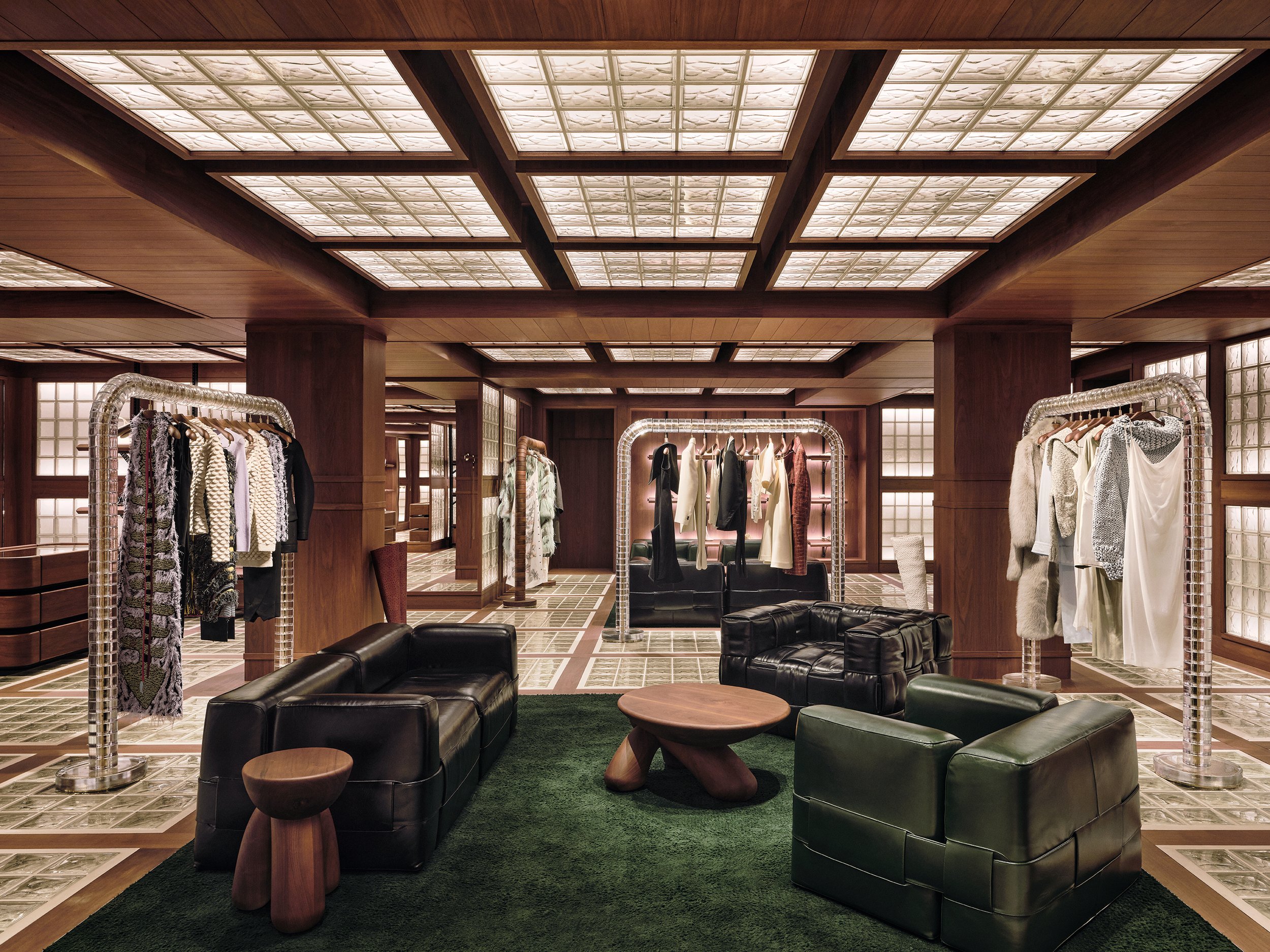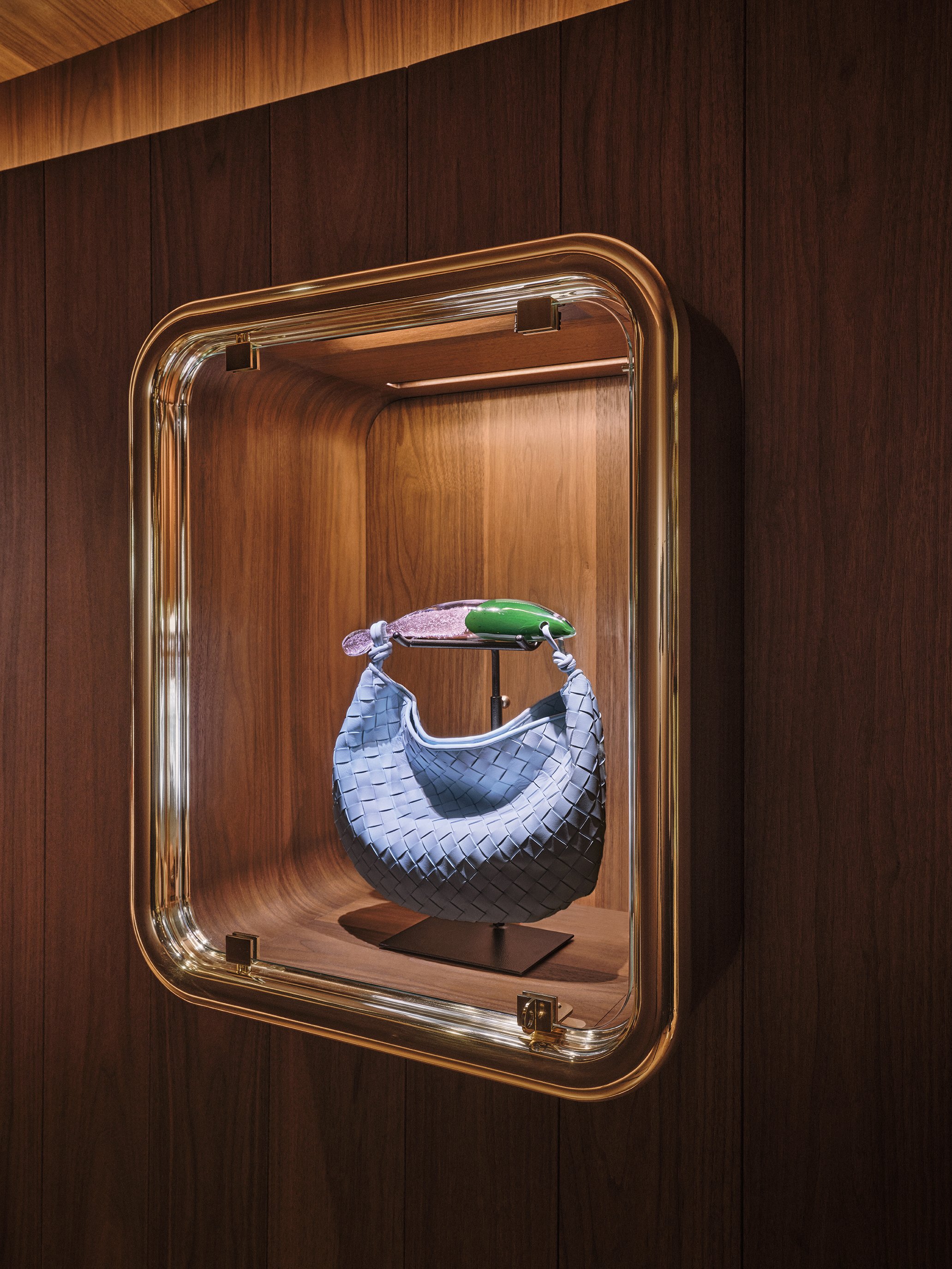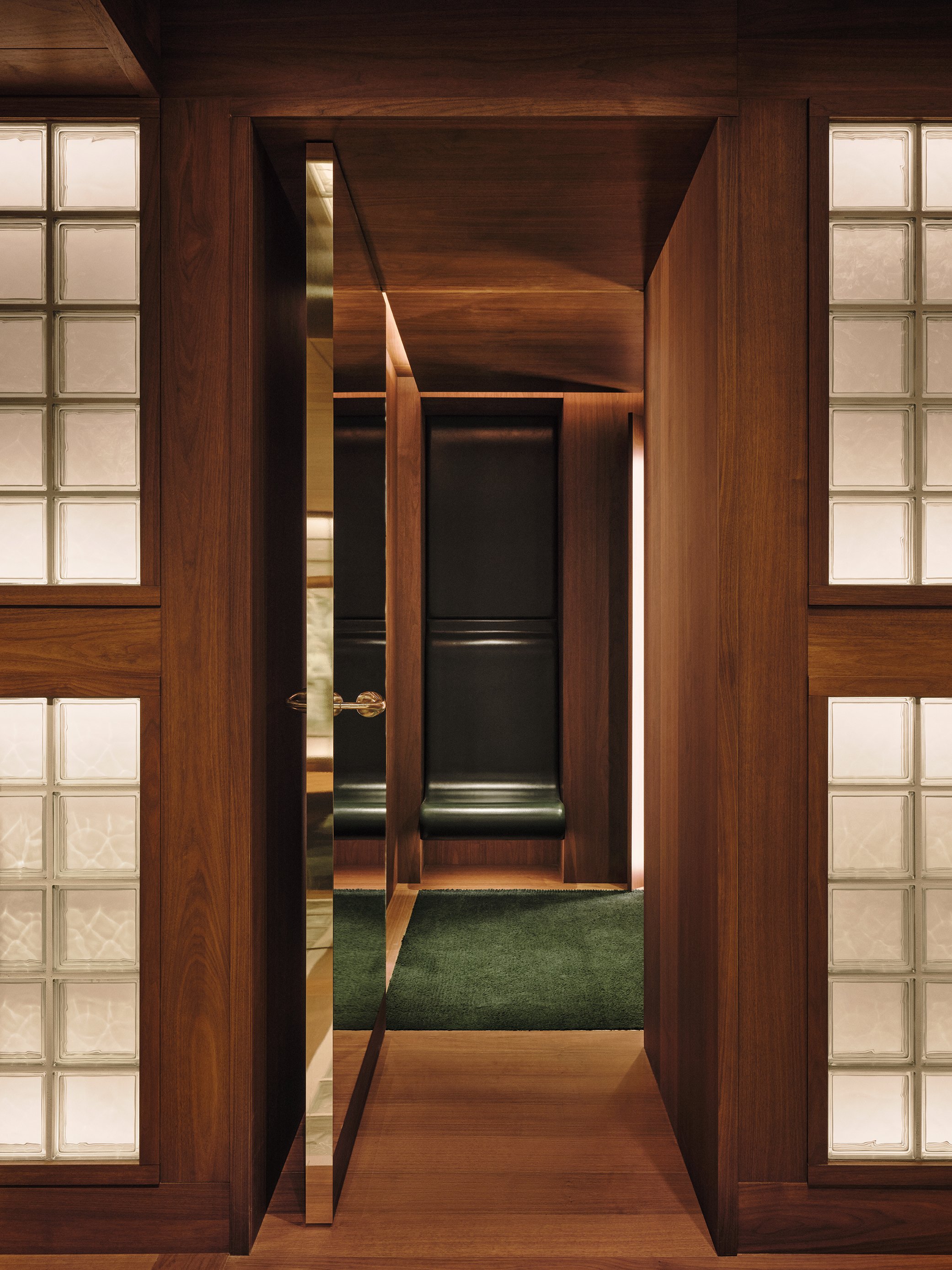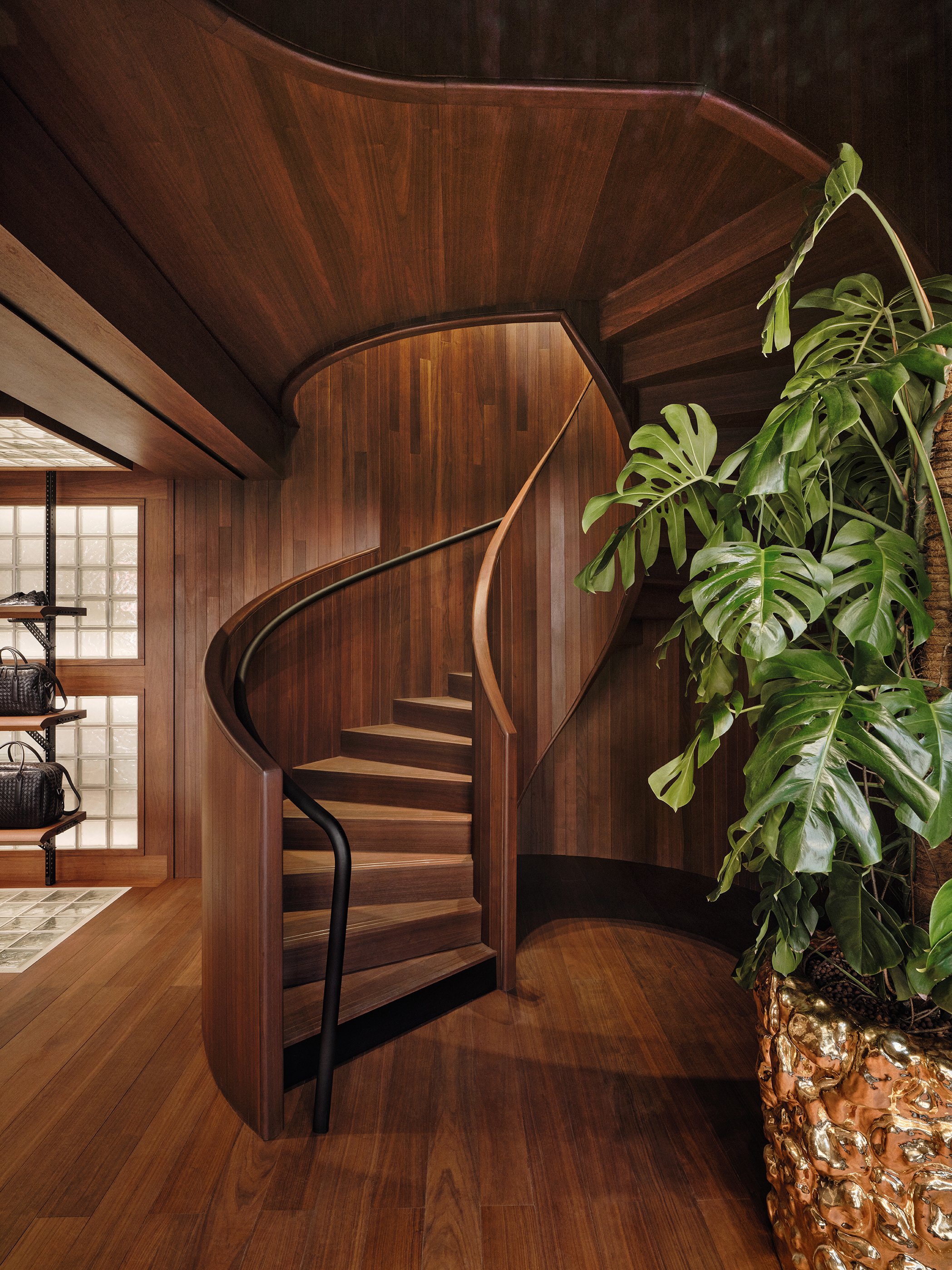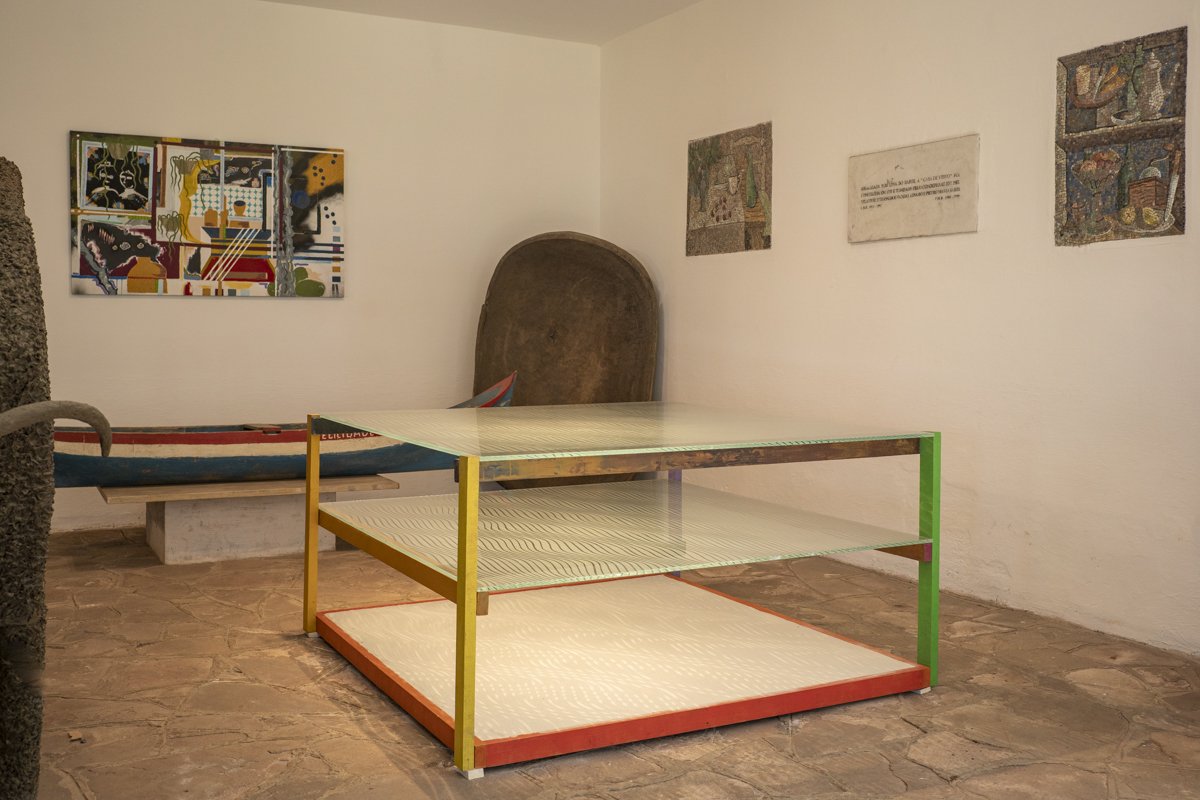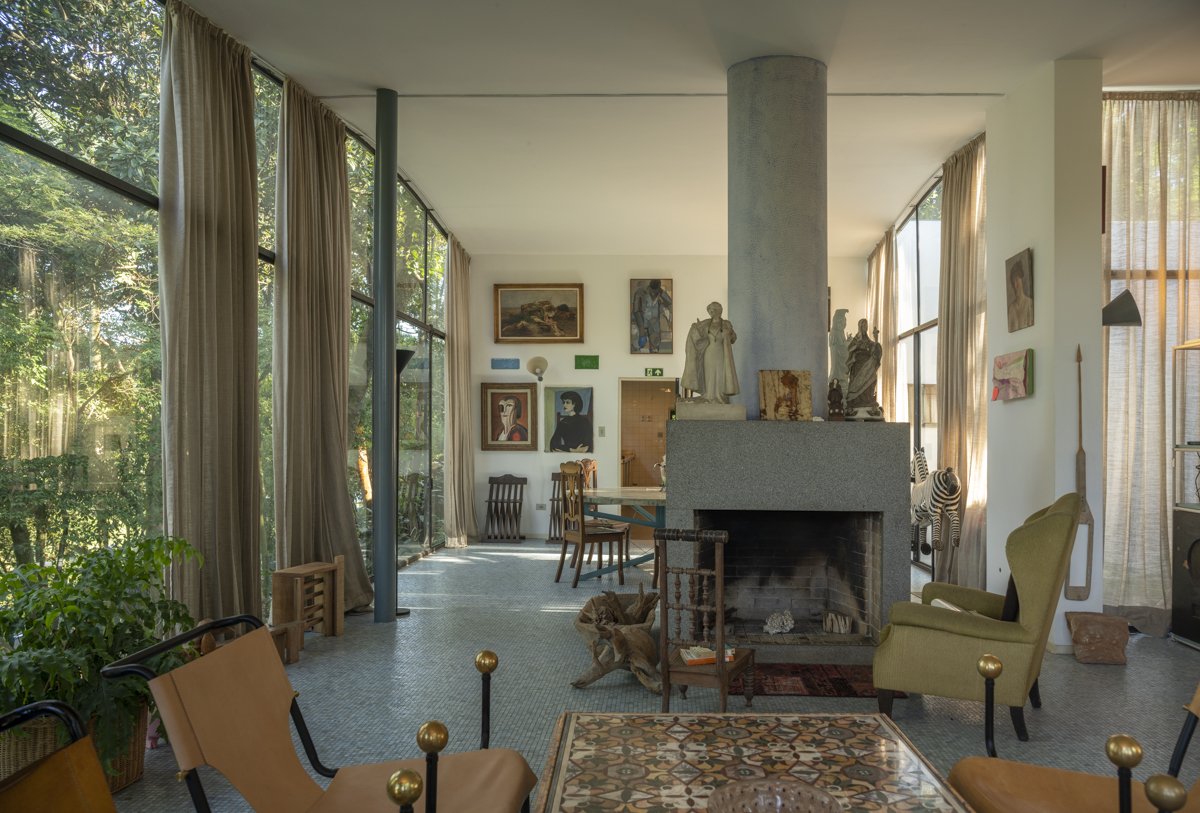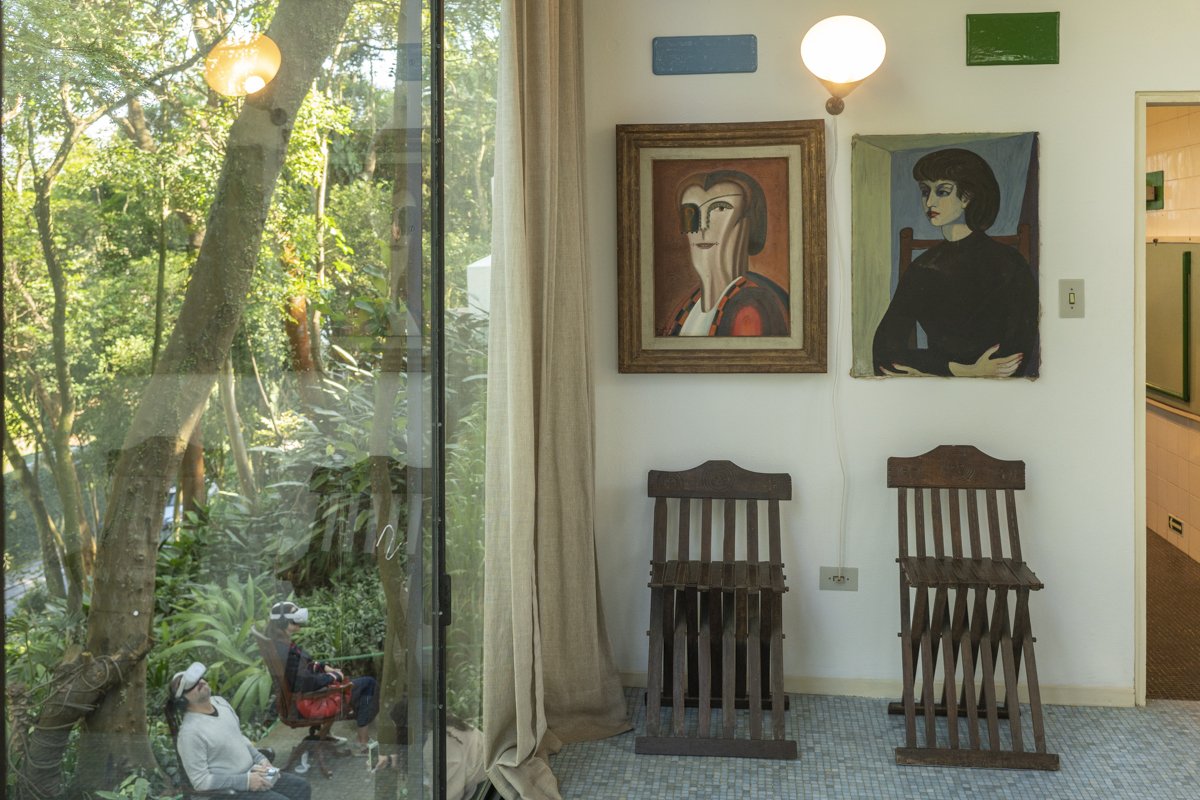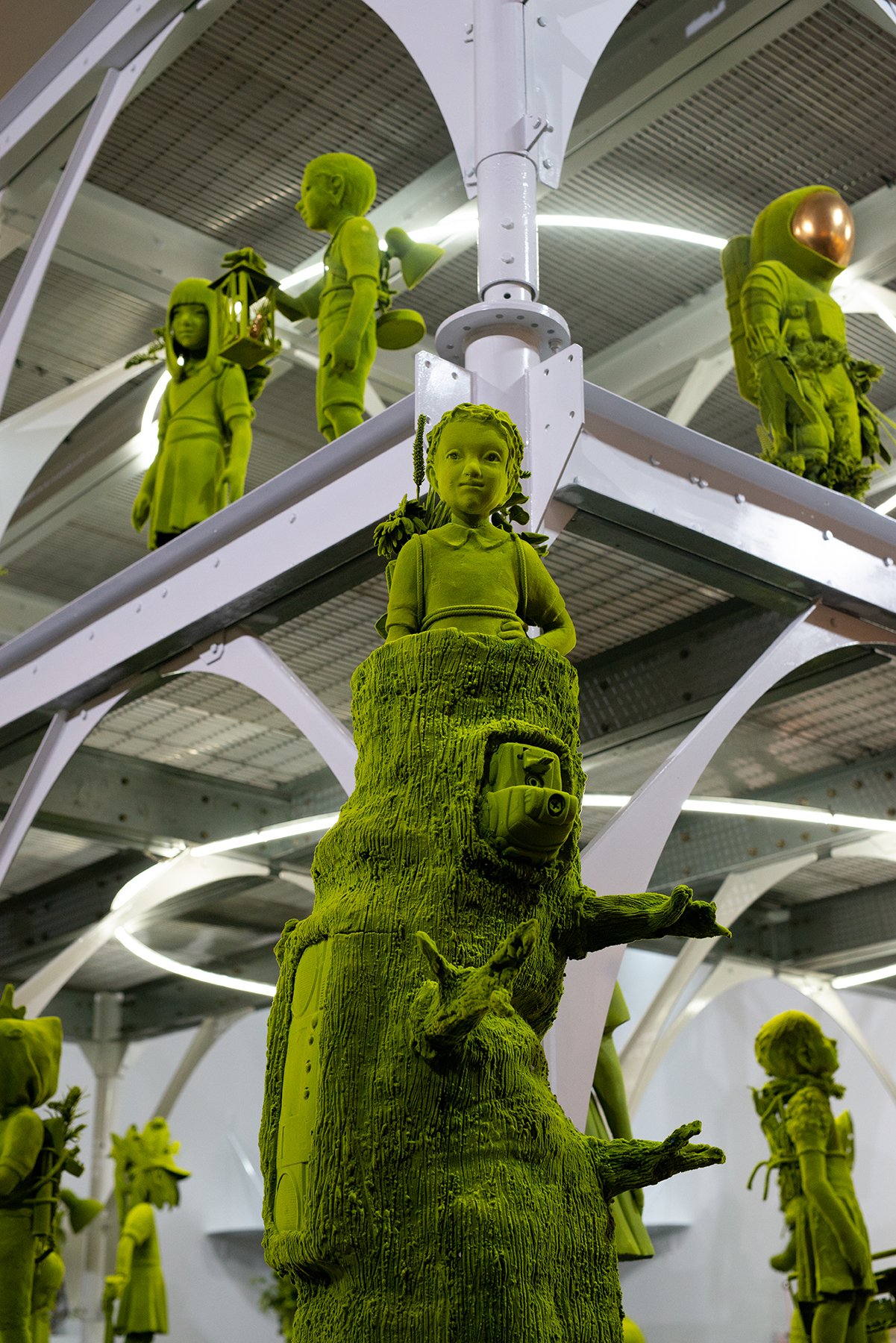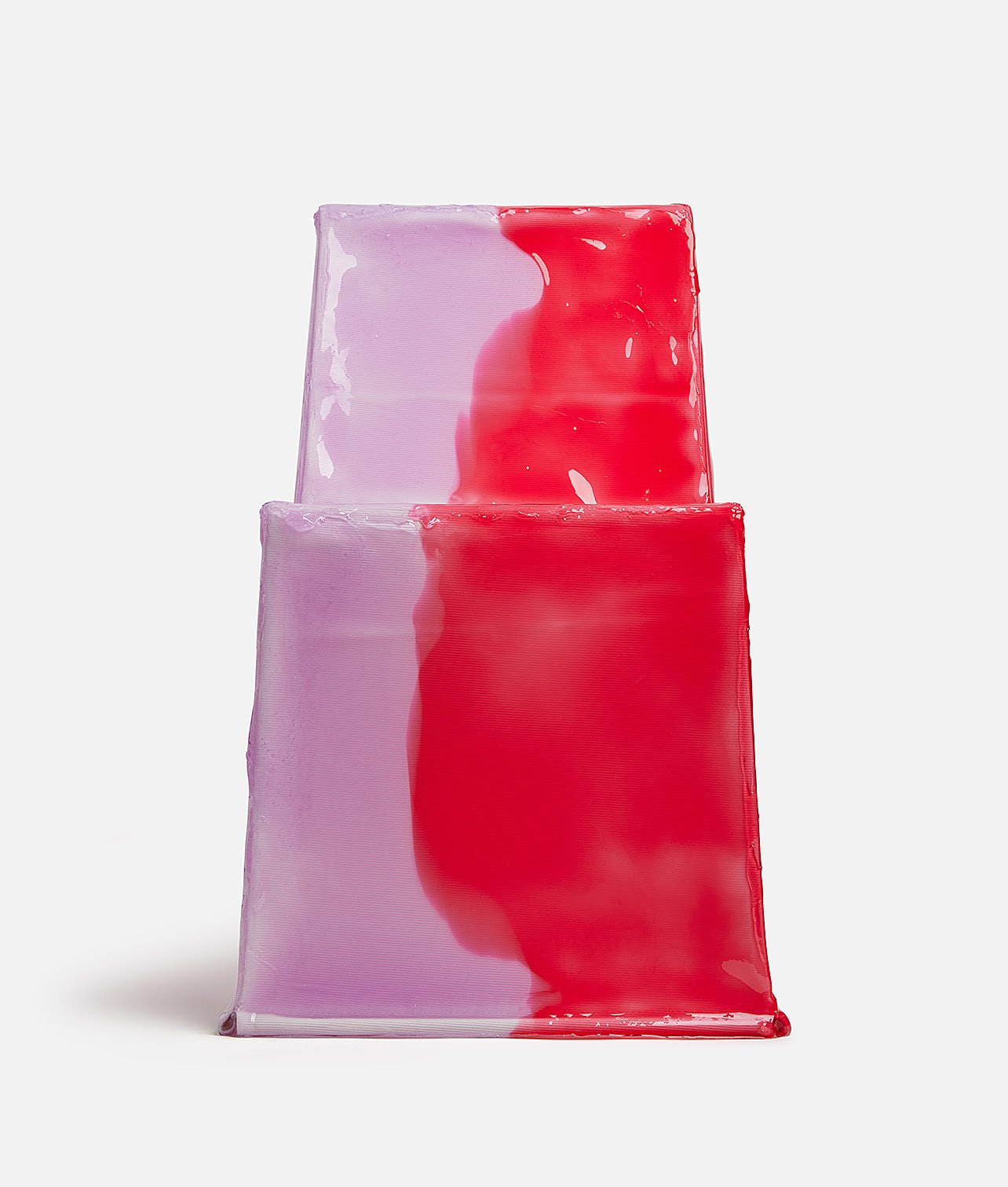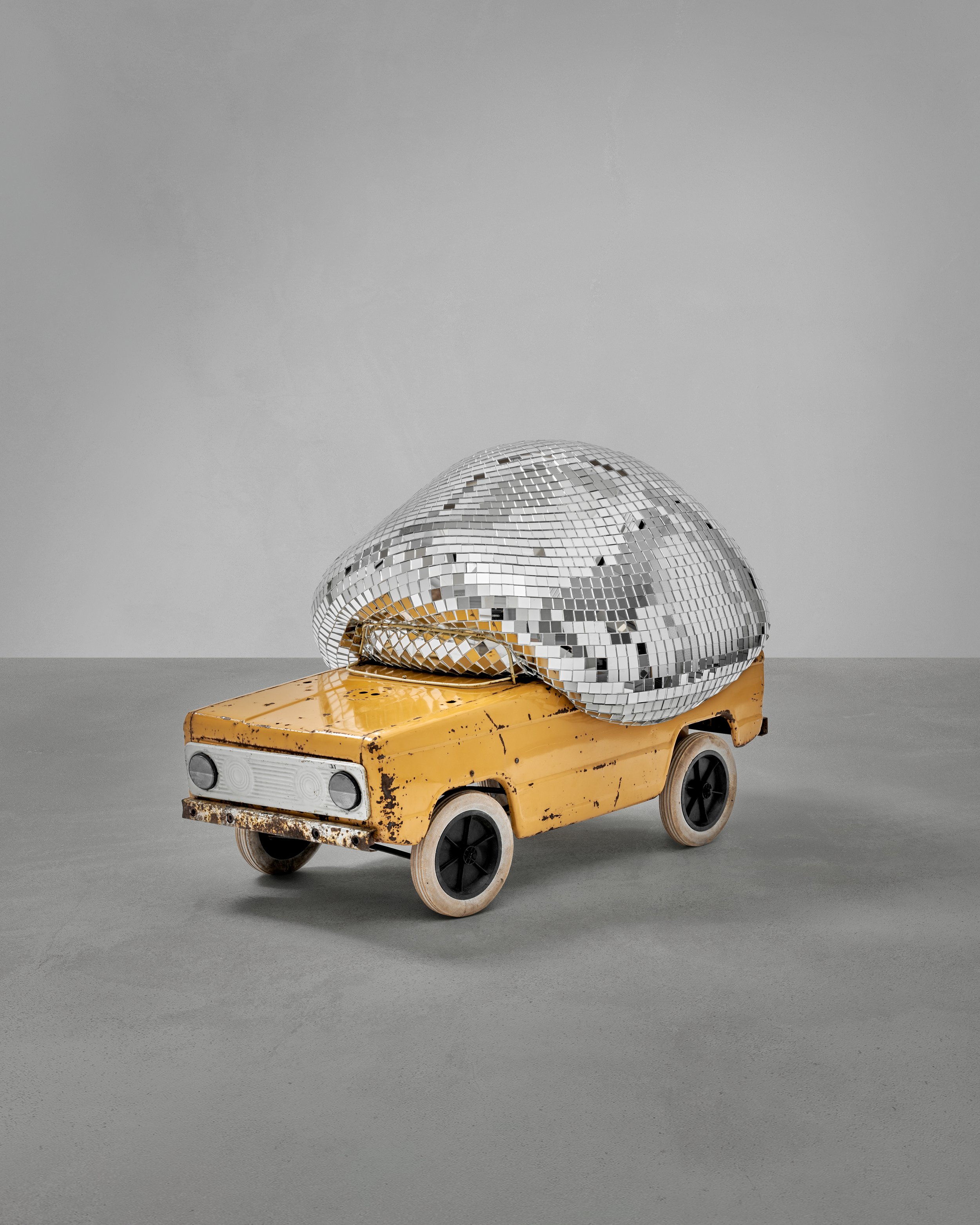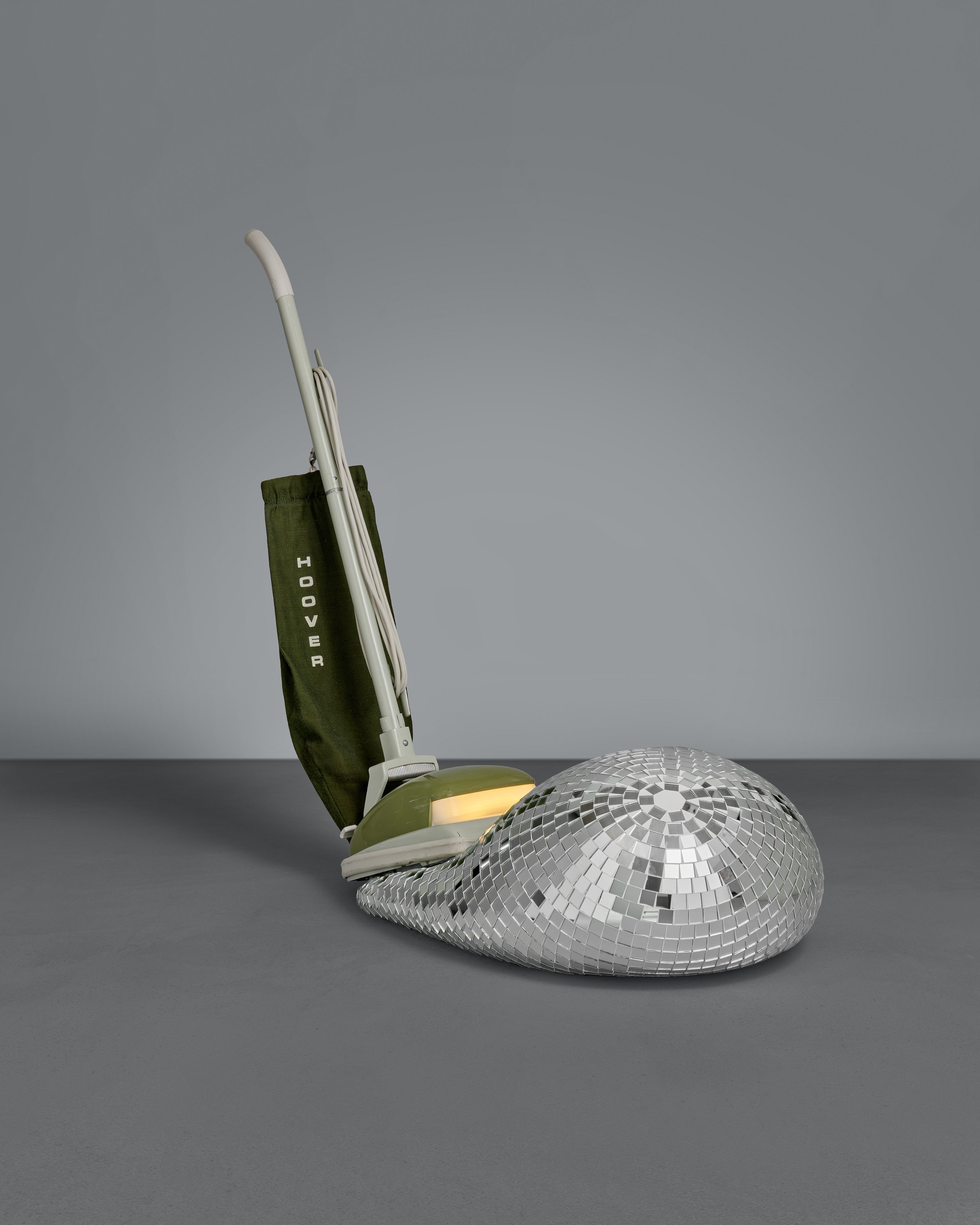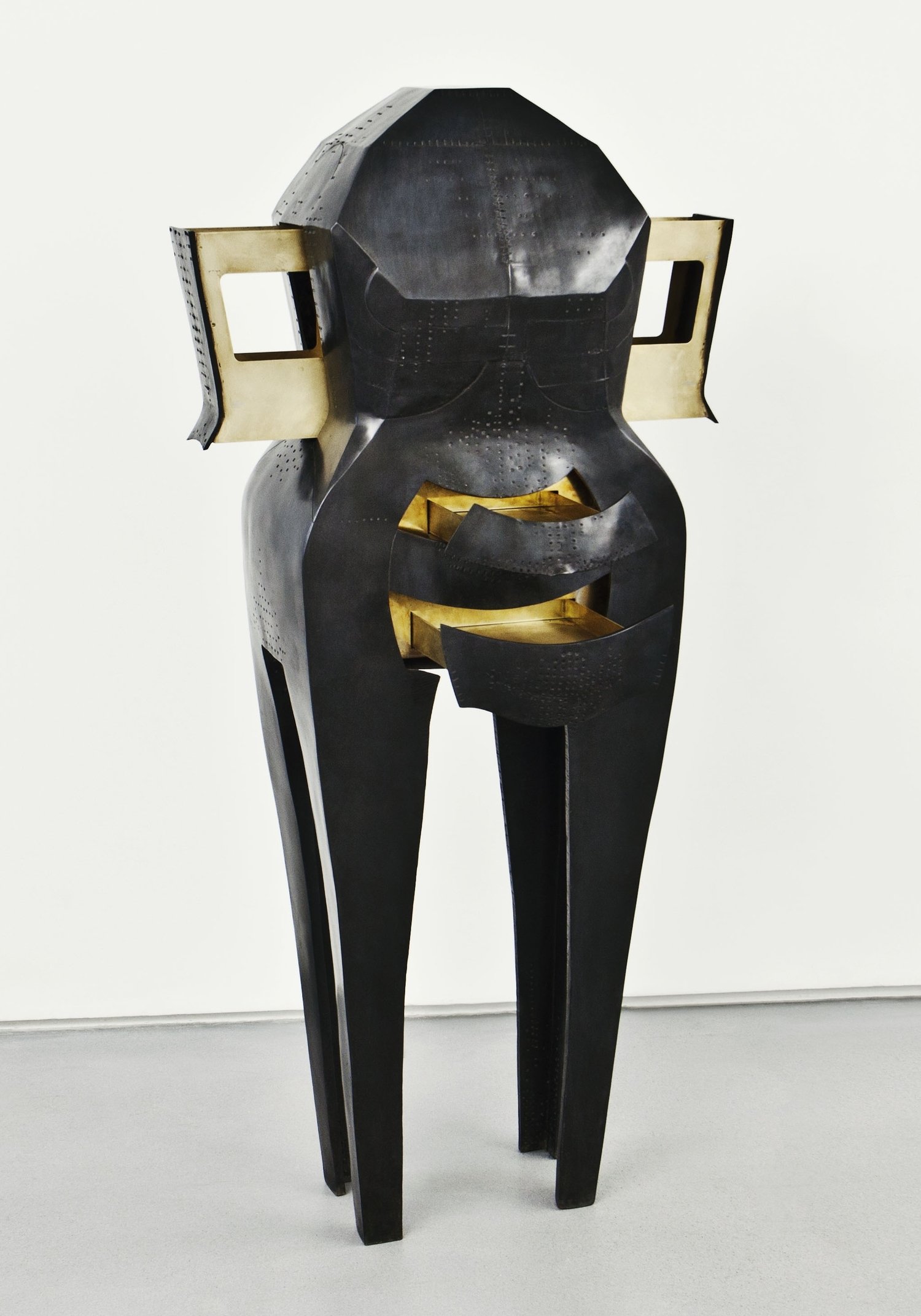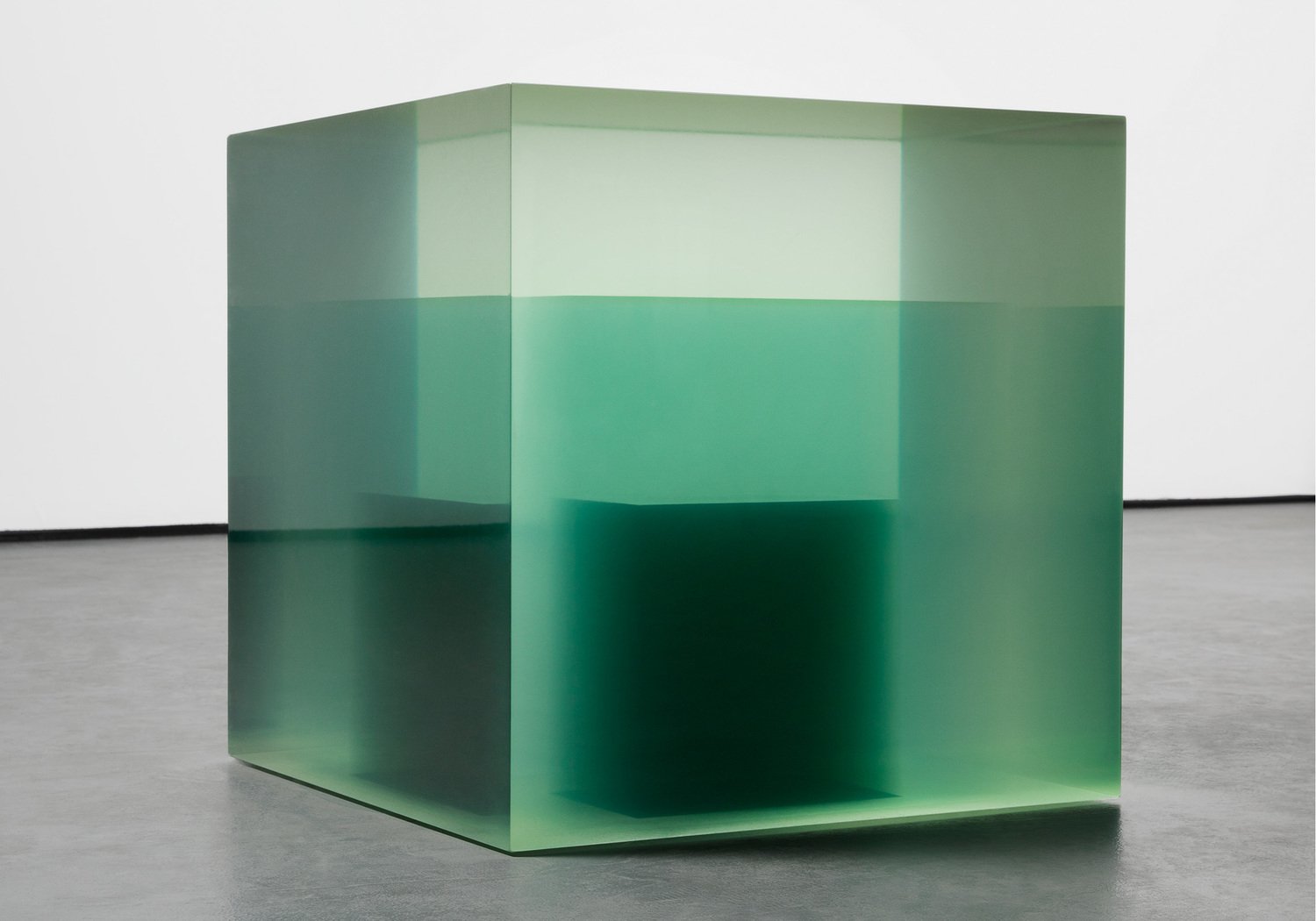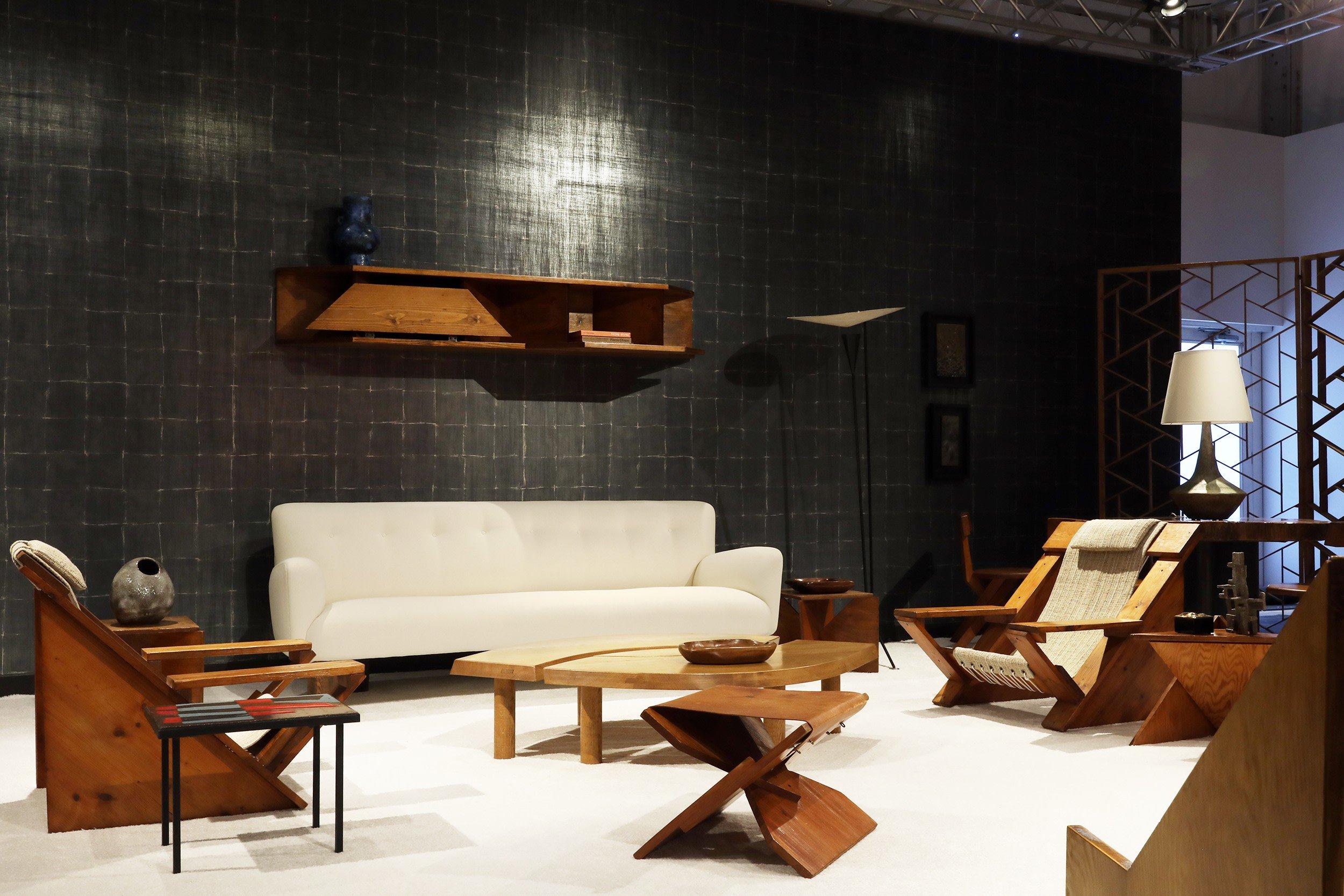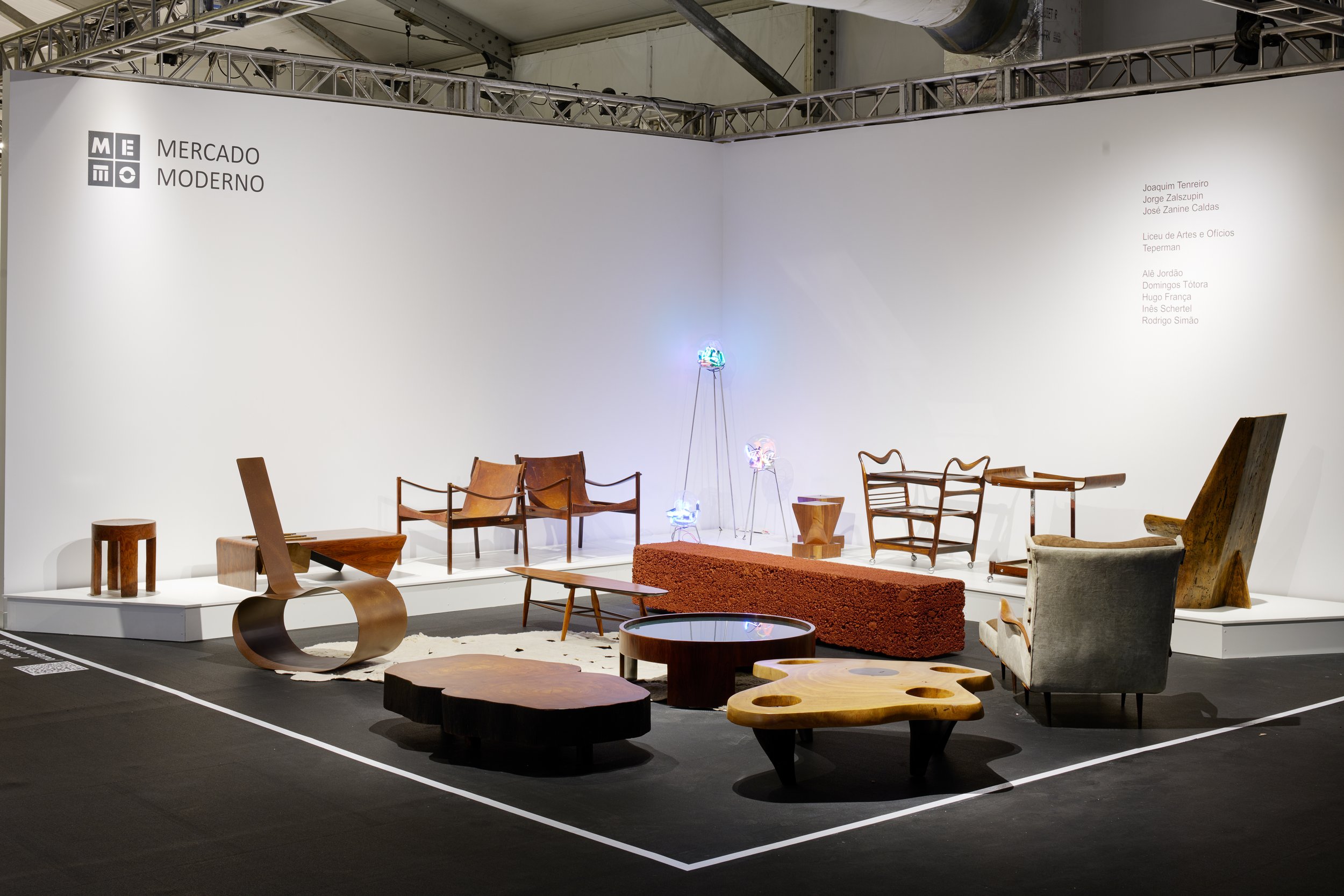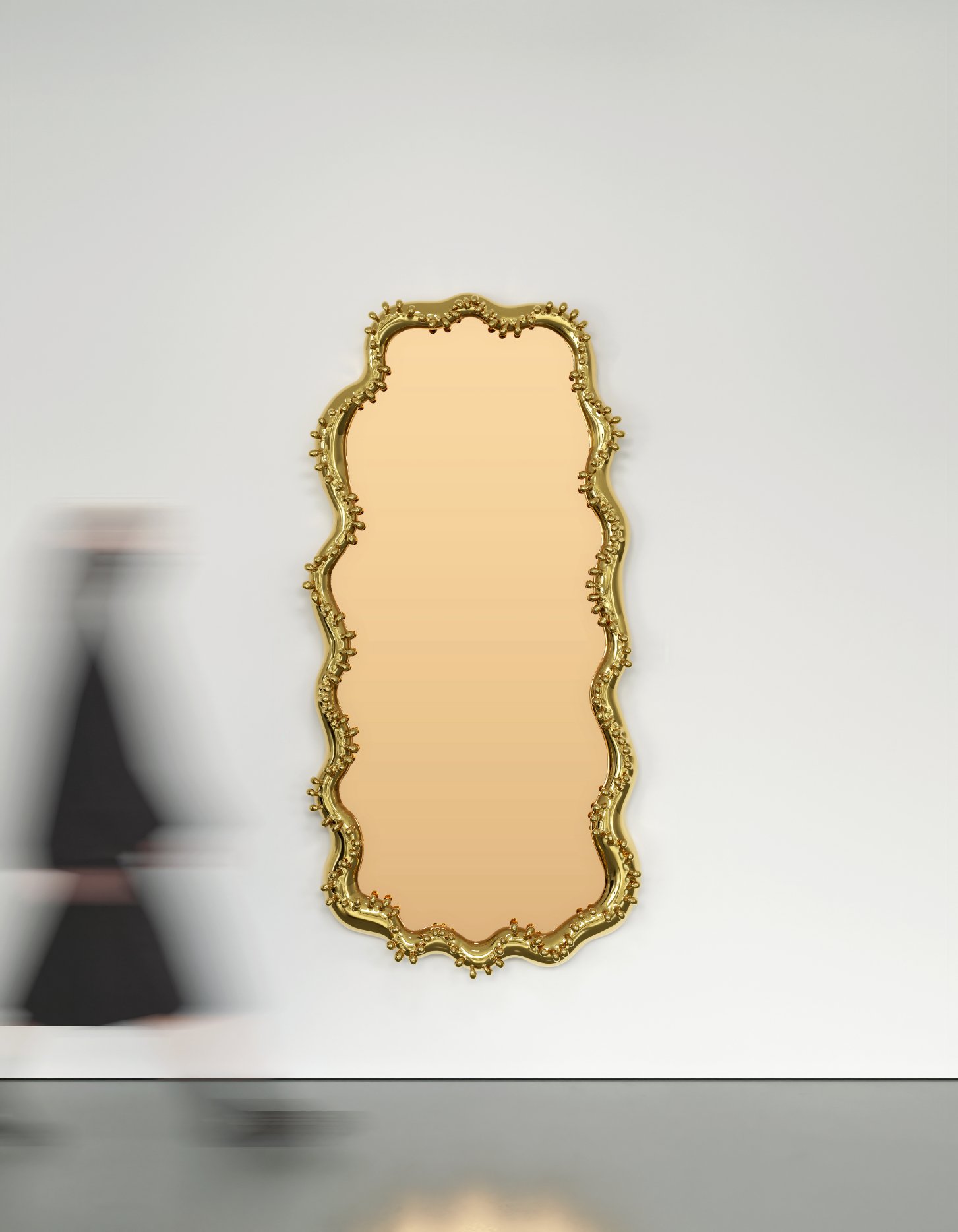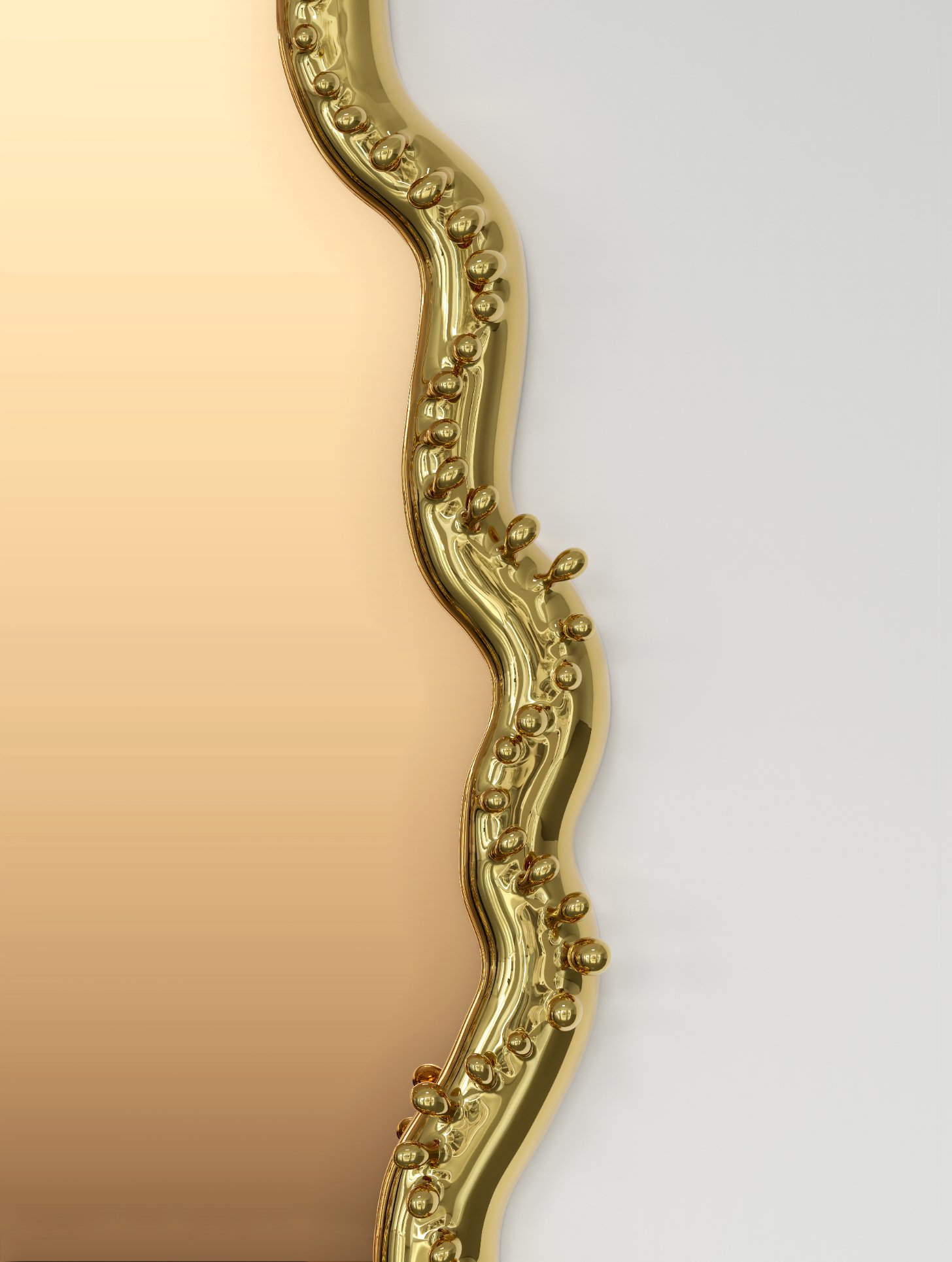Bottega Veneta’s cultural exchange series, The Square, was first introduced in Dubai in 2022. The Square São Paulo is the latest in Bottega Veneta’s cultural exchange series, which was preceded by a second installment in Tokyo. Under the creative direction of Matthieu Blazy, the series brings together artists, guests, and the public in immersive, site-specific events that inspire curiosity and dialogue, and champion Bottega Veneta’s values of craft, creativity, and self-expression.
Marking Bottega Veneta’s 10-year anniversary in Brazil, The Square São Paulo evolves beyond the custom square structures of Dubai and Tokyo with a curation by Mari Stockler in the lush setting of Casa de Vidro, a landmark of Brazilian modernism. Through the 11-day program, artists and artworks from across Brazil honor the legacy of Italian-born Bo Bardi, exploring her interaction with Brazilian culture and celebrating Brazilian creativity in all its forms.
"From the modernist project to her embrace of the power of Brazilian popular culture and collaboration with the counterculture, Lina challenged norms and developed ideas that crossed chronological time like arrows and are, today, an essential perspective of Brazilian identity,” says curator Mari Stockler. “With The Square São Paulo, we dive into her revolutionary thinking. The event is designed as a dialogue. We provoke time by contrasting Lina’s objects with works by modern and contemporary artists in an exchange between past, present, and possible futures.”
Born in Rome, Bo Bardi moved to Brazil in 1946, and became one of the most important and expressive figures in Brazilian modernism. With a strong emphasis on the social potential of design and architecture, her pioneering projects include the Museu de Arte de São Paulo and the leisure center, SESC Pompéia. A keen writer and thinker, she co-founded the influential art magazine Habitat and also created jewelry, costume, furniture, and set designs.
Casa de Vidro was Bo Bardi’s first built project and personal residence until her death in 1992. Completed in 1951, the house has been a meeting point for artists, architects, and intellectuals both during Bo Bardi’s lifetime, and subsequently under the direction of the Instituto Bardi / Casa de Vidro.
Participating talents in The Square São Paulo include Arnaldo Antunes, Ibã Salles, Vivian Caccuri, Luiz Zerbini, Carlito Carvalhosa, Rosana Paulino, Alaíde Costa, Lenora de Barros, Cristiano Lenhardt, Leda Catunda, Ricardo Aleixo, and João Camarero. The event will also feature works by Lygia Pape, Hélio Oiticica, Augusto de Campos, Mestre Guarany, Surubim Feliciano da Paixão – as well as Bo Bardi’s own work, writings, and original furnishings housed in Casa de Vidro. Four books, based on The Square’s four pathways, are published in a limited-edition boxed set.
The event is curated around four themed pathways related to time, geometry and spirituality, Brazilian counterculture, and the roots of Bossa Nova.
“Casa de Vidro is one of my favorite places,” says Matthieu Blazy. “It’s a real inspiration to meet here with artists from across generations, across disciplines, and across Brazil to celebrate Lina Bo Bardi’s legacy and the richness of Brazilian culture. Bottega Veneta is all about timeless style. With The Square São Paulo, we recognize how Lina’s ideas and aesthetics resonate to this day, always reminding us of the transformative power of design and culture.”
The Square São Paulo opened on May 24th and will be open to the public from May 27th through June 3rd.

